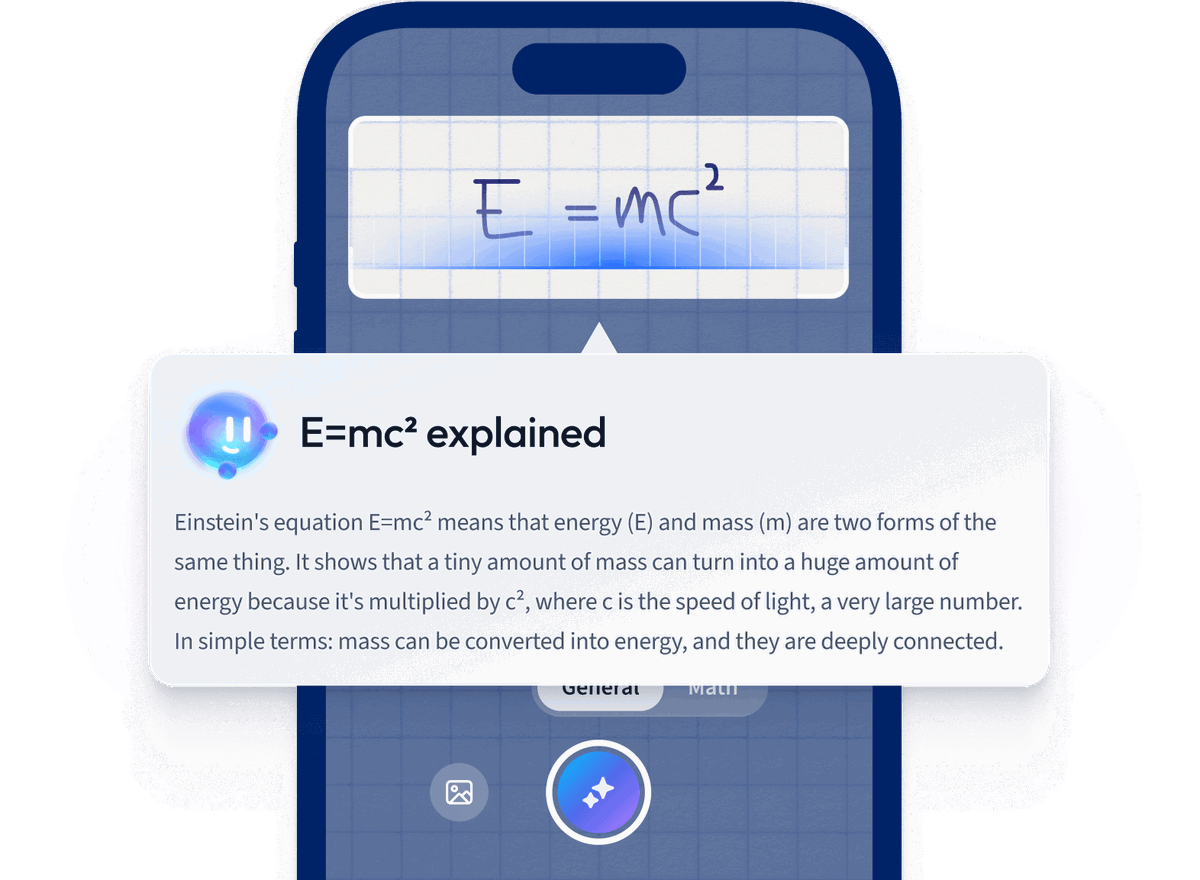What should be included in a teacher portfolio?
A teacher portfolio should include a teaching philosophy statement, lesson plans, samples of student work, evidence of professional development, classroom management strategies, assessments, and reflective essays on teaching practices. Additionally, it may feature testimonials from colleagues, parents, and students, along with documentation of achievements and certifications.
How can a teacher portfolio enhance a teacher's career prospects?
A teacher portfolio enhances career prospects by showcasing teaching skills, accomplishments, and professional growth. It provides tangible evidence of effective practices and personal development, which can impress hiring committees. Portfolios also demonstrate a commitment to the teaching profession, making candidates more competitive in job applications and promotions.
How often should a teacher update their portfolio?
A teacher should update their portfolio at least once a year or whenever they achieve significant professional development, such as completing a new certification, attending workshops, or implementing innovative teaching practices. Regular updates ensure the portfolio reflects current skills and experiences.
What are the benefits of having a digital teacher portfolio?
A digital teacher portfolio allows for easy organization and accessibility of teaching materials and accomplishments. It showcases a teacher's skills and professional growth to potential employers. Additionally, it enables sharing with peers for collaboration and feedback, and it can be regularly updated to reflect ongoing development.
What is the difference between a teaching portfolio and a resume?
A teaching portfolio is a comprehensive collection of a teacher's work, including direct evidence of teaching effectiveness, philosophy, and professional development. In contrast, a resume is a concise summary of a teacher's qualifications, work history, and skills. The portfolio showcases a deeper insight into teaching practices than a resume.










